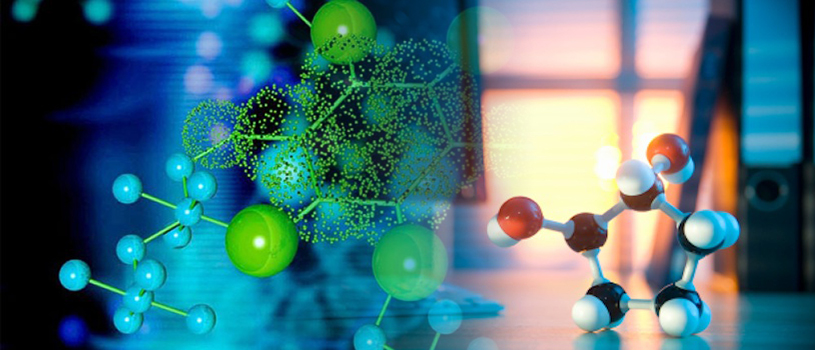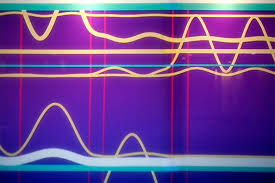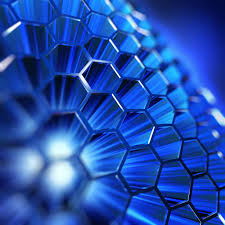
IBM Research scientists have successfully demonstrated the ability to store one bit of information in as few as 12 magnetic atoms. Today’s disk drives use

(PhysOrg.com) -- Seventeen minutes may not seem like much, but to physicists working on the Antihydrogen Laser Physics Apparatus (ALPHA) project at the CERN physics complex near Geneva, 1000 seconds is nearly four orders of magnitude better than has ever been achieved before in capturing and holding onto antimatter atoms. In a paper published in arXiv, a team of researchers studying the properties of antimatter, describe a process whereby they were able to confine antihydrogen atoms for just that long, paving the way for new experiments that could demonstrate properties of antimatter that until now, have been largely speculation.

Physicists at the Max Planck Institute of Quantum Optics have succeeded in manipulating atoms individually in a lattice of light and arranging them in

Physicists at the National Institute of Standards and Technology (NIST) have entangled two separated ions (electrically charged atoms) by manipulating them

A team of physicists experimentally produces quantum-superpositions, simply using a mirror.

Physicists have for the first time caused a gas of atoms to exhibit an important quantum phenomenon known as spin-orbit coupling. Their technique opens new possibilities for studying and better understanding fundamental physics and has potential applications to quantum computing, next-generation

New research suggests a fundamentally novel architecture for quantum computation. They have experimentally demonstrated quantum antennas, which enable the exchange of quantum information between two separate memory cells located on a computer chip. This offers new opportunities to build practical quantum computers.

Physicists at the National Institute of Standards and Technology (NIST) have for the first time coaxed two atoms in separate locations to take turns jiggling back and forth while swapping the smallest measurable units of energy. By directly linking the motions of two physically separated atoms, the technique has the potential to simplify information processing in future quantum computers and simulations.

In a paradox typical of the quantum world, JILA scientists have eliminated collisions between atoms in an atomic clock by packing the atoms closer together. The surprising discovery, described in the Feb. 3 issue of Science Express, can boost the performance of experimental atomic clocks made of thousands or tens of thousands of neutral atoms trapped by intersecting laser beams.

Physicists have discovered a new way to measure how single atoms interact with a surface. Their findings help develop nanotechnology and test new theories about the internal structure of atoms.

(PhysOrg.com) -- In a new study, scientists have proposed that mini black holes may interact with matter very differently than previously thought. If the proposal is correct, it would mean that the time it would take for a mini black hole to swallow the Earth would be many orders of magnitude longer than the age of the Universe.